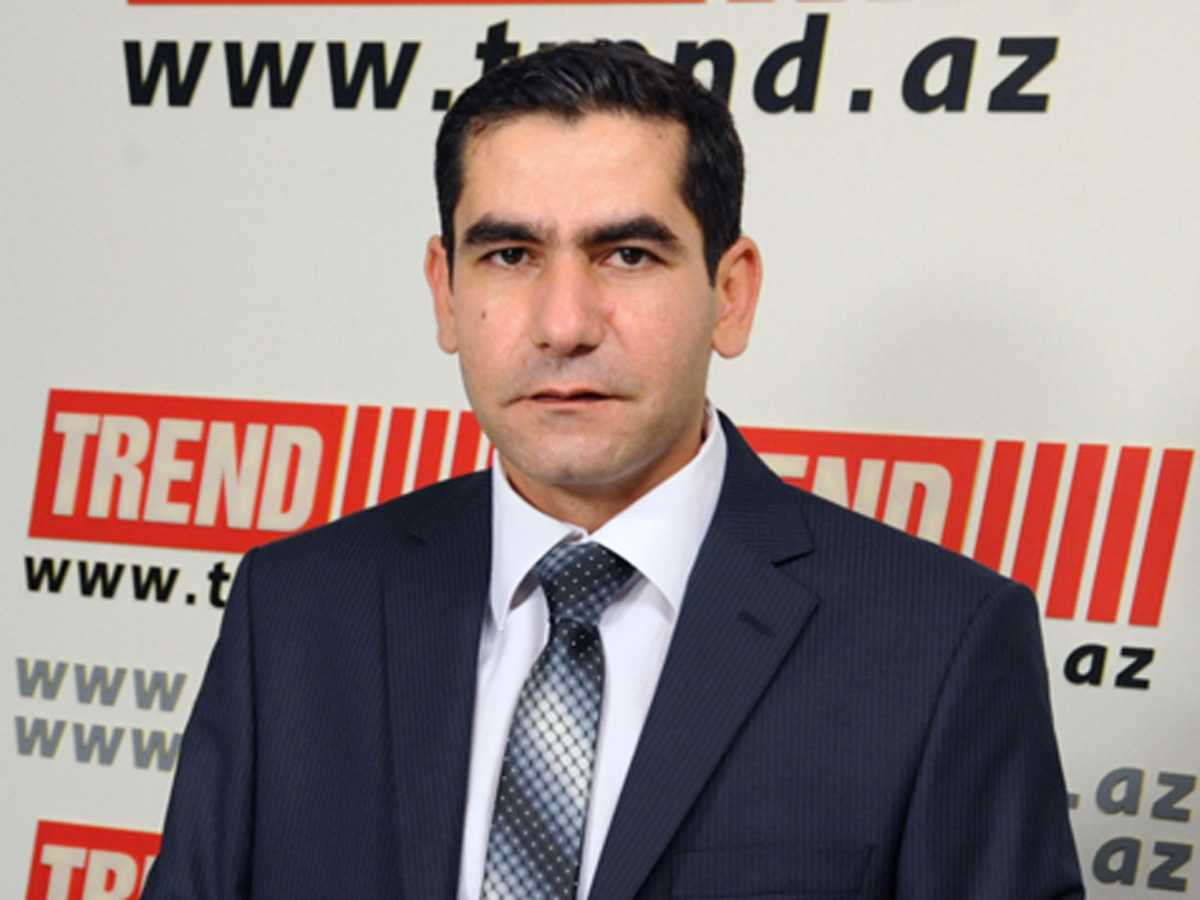By Dalga Khatinoglu
As Iran's fiscal year nears its end next week, statistics announced by Iran's officials are making the country's gas production growth more transparent.
Naser Ebrahimi, Director of Gas Distribution Department of National Iranian Gas Company (NIGC) told Shana March 16, Iran supplied 170.64 billion cubic meters (bcm) of the sweet gas to various sectors during the past 360 days.
Iran announced on March 15 that currently about 583 mcm/d of gas went to housing, industrial and power sectors. So, it's expected that the country's total sweet gas consumption will stand at about 173.5 bcm/d during the current fiscal year, which ends on March 20.
According to Ebrahimi's statement, the gas consumption in all sphere increased during the current year.
|
Sweet gas consumption |
Current year bcm (360 days) |
Current year estimate for 365 days (bcm) |
Last year bcm |
Change Y/Y bcm |
|
Housing sector |
89.28 |
91 |
88.9 |
2.1 |
|
Industrial sector |
32 |
32.45 |
29.8 |
2.65 |
|
Power plants |
49.32 |
50.5 |
36.8 |
13.68 |
|
Re-injection |
33.48 |
33.9 |
32.9 |
1 |
|
Flaring |
11.5 |
11.7 |
11.7 |
0 |
|
Export |
10 |
10 |
9 |
1 |
|
Total |
225.58 |
229.55 |
209.1 |
Regarding the fact that the country's net gas trade is about 2.5 bcm then the country's total sweet gas production was at least 175.5 bcm during the current year.
Iran aims to increase the raw gas production level by 100 mcm/d next year, then it's expected that the country's raw gas production will stand at 700 to 760 mcm/d and depends on the time needed for maintenance, pauses, etc.
The current production is still below the level needed for domestic consumption. Iran needs at least an additional 60 mcm/d to re-inject into oil fields, as well as the same volume to supply power plants to cut liquid fuel burning in the electricity generation sector.
On the other hand, the current winter was the warmest winter in several years, thereby pushing the housing sector's gas consumption quite lower. For instance, the housing sector consumed about 340 mcm/d of gas on March 15, about 26 mcm/d less than the same day last year.
Iran also is preparing to start exporting 5 mcm/d of gas to Iraq in late March and this volume will increase to 25 mcm/a in two years.
Regarding the country's projected gas production growth in the next year, it seems Iran will face another gas shortage as well.
Iran ranks first in term of possessing the gas reserves in the world with holding 33.6 trillion cubic meters of natural gas.
Sohbet Karbuz, Director of Hydrocarbons, France, Mediterranean Energy Observatory (OME) told Trend March 16 that "in the short to mid-term I do not see any meaningful, if any, exports from Iran".
Iran inaugurated phase 12, the biggest phase of the giant South Pars gas field, but not completely during current year. The phases 15, 16, 17 and 18 have come operational as well, but they also haven't completed yet.
"The inauguration of South Pars phase 12 which will increase domestic gas production (by 82 mcm/d) and declining imports from Turkmenistan show that Iran may soon have surplus which needs to find export market. This assumes of course that domestic demand will not increase substantially".
Karbuz says that "projects for exports to Pakistan, Iraq and Oman are not advancing as fast as expected. This means that the easiest way for Iran to increase its gas exports is to or through Turkey. To Turkey is unlikely because of the price tag Iranian gas carries. Iranian gas is the most expensive gas Turkey imports. Similarly, gas exports to Europe through Turkey would not be likely because Iranian gas is not competitive. A substantial reduction or change in pricing mechanism would alter this situation. However, there is also the political aspect, i.e., the future of sanctions. As far as global markets are concerned, I do not expect Iran would be able to export gas via LNG before 2025".
Edited by CN
Dalga Khatinoglu is an expert on Iran's energy sector, head of Trend Agency's Iran news service.
Follow him on @dalgakhatinoglu






